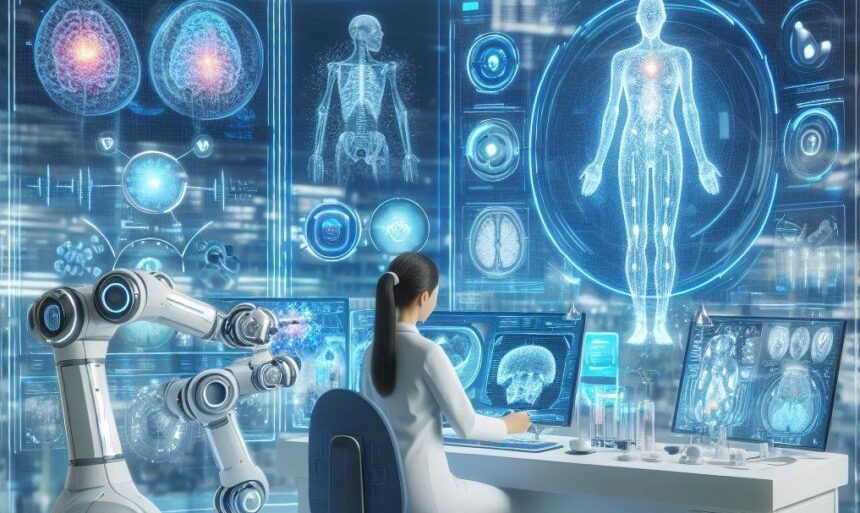How AI is Reshaping Diagnostic Tools
In healthcare, innovation saves lives. From the ECG discovery in 1895 to today’s AI breakthroughs, now AI is changing medicine.

In healthcare, new ideas have always helped save lives. From the discovery of the electrocardiogram (ECG) by Willem Einthoven in 1895 to the latest advancements in artificial intelligence (AI), the journey has been remarkable. Now, with AI in medicine, things are about to change a lot.
Heart problems silently take many lives every day around the world. The reality is that many show no symptoms until it is too late. But what if we could detect these threats early on and intervene before tragedy strikes? This is where AI steps in as a beacon of hope.
HeartSciences and Anumana are leading the way in using AI to make ECGs better. With smart computer programs, they are making ECGs find heart problems that were hard to spot before.
The standard 12-lead ECG has its limitations. Sometimes, regular ECG tests don’t catch important signs like blocked blood vessels or heart muscle problems. But with MyoVista’s AI, these tricky signs can be spotted early, helping to prevent heart problems.
What is really special about AI in healthcare is that it can help with things regular methods miss. While ECG electrodes have become commonplace in healthcare settings, many healthcare professionals lack the specialized expertise needed to maximize their utility.
Making AI healthcare tools needs a lot of data. But when companies like HeartSciences team up with hospitals like Mount Sinai, they can use all that information to make their AI programs better.
As AI tools get better, it is really important they follow the rules and get approval from regulators. Luckily, companies like HeartSciences are working closely with regulators to make sure their tools meet the requirements and can be used sooner. With more tests and following the rules, AI heart checks are getting better.
